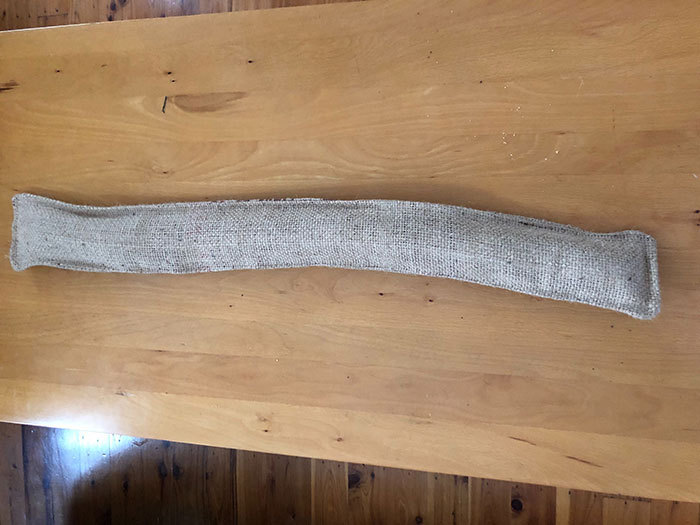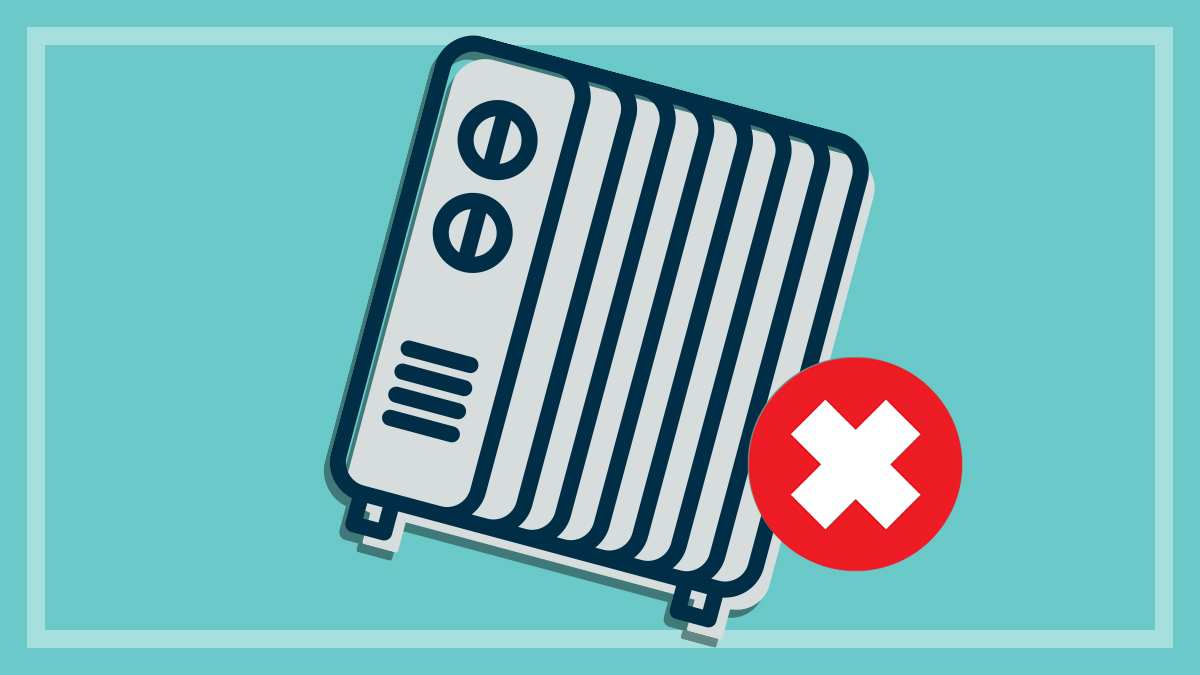Get our independent lab tests, expert reviews and honest advice.
Avoid bill shock: How to reduce your home heating costs

If you’re hunkering down at home more to avoid the winter chill, or working from home and cranking the air con, it’s a good idea to be mindful of the affect it could be having on your energy bills.
Or perhaps you’ve already had the shock of your life when you’ve opened your first bill of the chilly season to find it’s many hundreds of dollars more than you expected.
Unexpected heating bills
Heating is a big culprit when it comes to winter bill shock. It’s usually our biggest home expense (along with cooling in summer), accounting for around 40% of our energy costs. Most households may see a spike in their energy bills once the cooler months hit and heaters and air conditioners are turned on more often.
The good news is, there are a number of cheap and effective things you can do to reduce your energy use, while hopefully still staying cosy and warm for the remaining months of winter.
How to save money on energy
The amount of energy you’re using depends on a lot of factors. There are many simple things you can do around the home to reduce costs – starting with pulling on a jumper and warm socks before switching on the energy-guzzling heater!
1. Track down draughts and seal with a DIY door snake
Draughts can easily get in through gaps around your doors and windows, so seal up as many as you can to keep your home nice and cosy.
It’s all about keeping the heat that you’ve paid for where you want it to be – inside your house
CHOICE household expert Chris Barnes
You can do this with easy-to-use weather seal tape or draught strips, readily available from hardware stores. Or, if you’re crafty, making your own door snake is the perfect money-saving project (just follow our tips, below).
CHOICE household expert Chris Barnes agrees: “It’s these simple, old-fashioned tips that often work the best,” he says. “It’s all about keeping the heat that you’ve paid for where you want it to be – inside your house!”
2. Make use of curtains and rugs
“Up to 40% of heating energy can be lost through your windows, so close those curtains and blinds,” says Chris.
Rugs can also be an effective way to retain some of the heat in your home, particularly if you have hard floors.
3. Be smart with your heaters and fans
Your fan can be one of the most helpful tools to keep you warm in winter when used in conjunction with a heater or air conditioner. “Most modern ceiling fans have a reverse switch that can be used in conjunction with a heater or air conditioner to push heat back down towards the floor and circulate it around the room,” says CHOICE expert Denis Gallagher.

4. Be aware of how heat moves around your home
This one is simple but effective. While it can be very tempting to move a chair closer to the heater so you can feel extra toasty, this can restrict the flow of hot air around your home. To get the most out of your heat source, make sure nothing is blocking the flow.
“It’s also important to close doors to rooms you’re not using while the heating is on. Only heating the rooms you’re actually in will reduce the energy you are using and therefore your bill,” says Chris.
How to reduce energy bills during winter
1. Track down and seal draughts
Draughts can easily get in through gaps around your doors and windows, so it’s important to seal up as many as you can to keep your home nice and cosy.
2. Make use of curtains and rugs
Up to 40% of heating energy can be lost through your windows, so close those curtains!
3. Be smart with heaters and fans
Your fan can be one of the most helpful tools to keep you warm in winter. Most modern ceiling fans have a reverse switch that can be used to push heat back down towards the floor.
4. be aware of how heat moves around your home
To get the most out of your heat source, make sure nothing is blocking the flow, and close the doors to rooms you’re not using while the heating is on.
Choose the most efficient heating option for your home
The best way to keep heat inside your home, limiting heating costs, is to have effective insulation.
“Insulating your ceiling is the number-one way to improve the thermal efficiency of your house,” says Chris. “If you don’t already have it, it might worth looking into, or start saving for it as a future way to reduce bills.”
A reverse cycle air conditioning system is more cost-efficient than a portable electric heater
Otherwise, you may be looking at heating options such as a gas heater, electric heater or reverse-cycle air conditioner. CHOICE experts have found that, when used in conjunction with practical tips above, a reverse cycle air conditioning system is more cost-efficient than a portable electric heater.
However, this option has significant installation costs and may not be a viable option for some people, including those who rent. Instead you may like to consider portable options with cheaper upfront costs such as electric or gas heaters, particularly if you’re a renter.

Assistance with your energy bills
The result’s of the latest CHOICE Consumer Pulse survey revealed the highest level of worry about electricity costs over the previous eight years, and we know Australians continued to be concerned about the rising cost of living in general.
The federal government announced a $300 energy rebate for all households in the recent federal budget. This will automatically be applied to your energy bills each quarter at $75 per bill, which will offer some relief for Australian households.
Most utility providers have hardship policies for people who may be struggling to pay their energy bills. Some providers allow you to request a payment extension online or set up a payment plan, so if you’re struggling to pay your bill, start by contacting your provider.
If you’re working from home, you may be able to make a tax claim for electricity expenses associated with heating, cooling and lighting the area where you are working, as well as for powering devices you are using for work. Consult with a tax expert or your accountant to figure out if this applies to your situation.
Check the rates you’re paying and switch to get a better deal
Don’t be a victim of the ‘loyalty penalty’ – a nickname we give to the higher costs you’re likely paying if you have been with the same provider for a while.
Providers often count on your loyalty and don’t give you the same deals or discounts they offer to new customers. If you haven’t reviewed your gas or electricity plans lately, chances are you could be paying less elsewhere, so check your rates, call your provider and shop around.

How to make your own door snake and save on heating
The age-old yet very effective solution to eliminating annoying cold draughts are draught stoppers, or door snakes! These tube-like ‘creatures’ are made of simple fabrics like corduroy or canvas and filled with insulating material to block the draught.
They come in all kinds of different styles and prices, and can be bought from most homewares and department stores, such as Bunnings, Big W and Kmart. If you’re crafty, you could even make them yourself. CHOICE’s resident craft queen, Marg Rafferty, whipped up a couple in just an hour or so using materials you might already have lying around the house.
To make a quick no-sew version: just cut the leg of an old pair of stockings and stuff with three or four small plastic bags – the kind you put your fruit and veg in at the supermarket – each filled with a cup or so of sand. A double bag is a good idea to avoid leaks. Fasten each end of the stocking with elastic bands or just tie a knot. It won’t be the prettiest thing ever but it is quick and very easy.
To sew a slightly more sophisticated snake, you’ll need:

- a piece of fabric with a tight weave to contain the sand (Marg used an old bed sheet)
- an outer piece to make it more sturdy and further prevent the sand from leaking (we used an old hessian sack)
- builder’s sand to fill. (Some patterns suggest you use rice or beans as stuffing but these can attract vermin, and in these times of supermarket shortages who can waste food that way?)
- Cut the outer to the length of your door, adding a few centimetres on both the short and long sides to allow for your seam. Aim for about 25cm width, which, when folded in half and sewn, should be enough to cover the gap under most doors.
- Cut the inner lining slightly smaller, and then begin by folding the lining in half and sewing the long side and one short end.
- Fill with sand and then seal the remaining short end.
- Sew your outer piece in the same way, insert the filled inner tube and seal the remaining short end.
This took about an hour. Adding googly eyes and a forked tongue are entirely optional. Of course, you don’t need to stop there. If you’re crafty you might like to knit or crochet a door snake – your version can be as sophisticated or as simple as you like.






